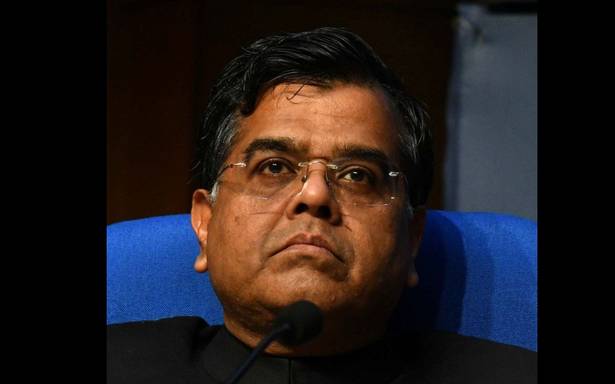The government is striving to push spending into the most productive uses to spur the economy without becoming fiscally imprudent and has projected receipts and expenses in as realistic a manner as possible, Expenditure Secretary T.V. Somanathan said, detailing the Budget’s provision.
For the coming year, we’re looking at expenditure to GDP ratio going up by nearly 0.33%. While this is significant, some analysts compare it to this year’s performance, where you have an actual 0.43% actual fall in spending…
The projections that we have given for the coming year are are our best case estimates. It’s neither the most optimistic case nor the most pessimistic case. It’s our most probable case. We have actually tried to be as realistic as possible.
Expenditure estimates obviously have a link with revenue estimates. There is a 10% nominal growth assumption, which I think is eminently reasonable, and a 12% revenue growth is very likely in a normal year, if there are no structural changes like the corporate tax changes that were made in the middle of this year. So we have projected approximately 11%-plus expenditure growth, with capital expenditure growing by nearly twice that. The idea is to husband the available sources and push it into the most productive uses, use it for growth-inducing as much as possible.
Click here to read the full Budget speech
But all of this is done with a background of staying fiscally prudent, because we don’t want a repeat of a cycle where you suddenly break all the barriers, then two years later, you have a crisis where you suddenly have to roll everything back. So we pushed expenditure to the limits that it can be pushed without being imprudent.
How do we push capex in particular?
By reprioritising and changing from low value add schemes to more of capital expenditure and even within those, (projects) with high-multiplier (effect). That’s the direction we would like to go. These are tasks which take time to do and quite

